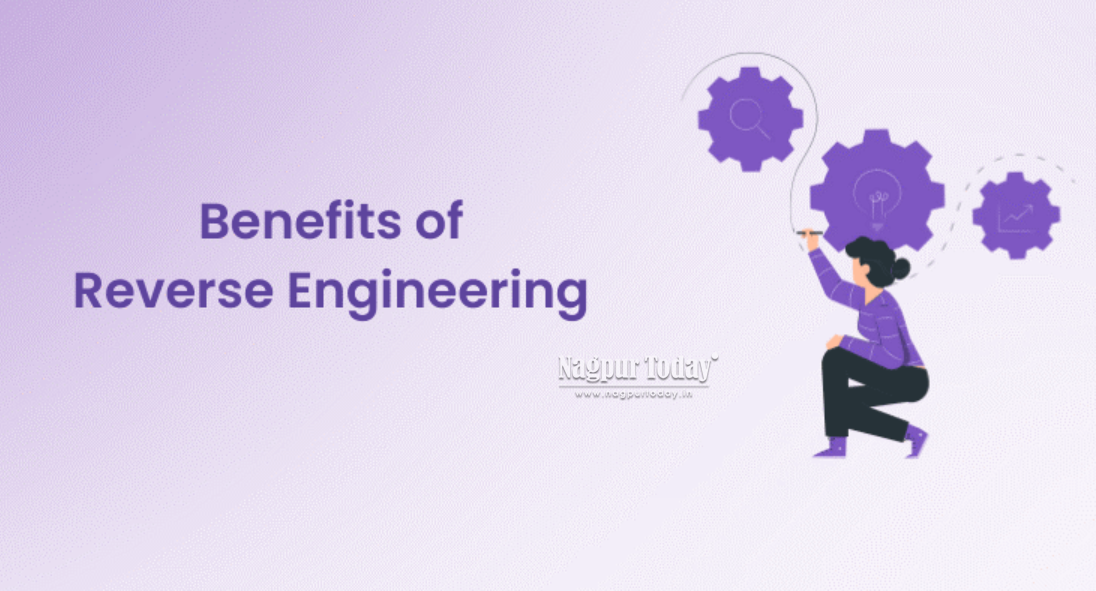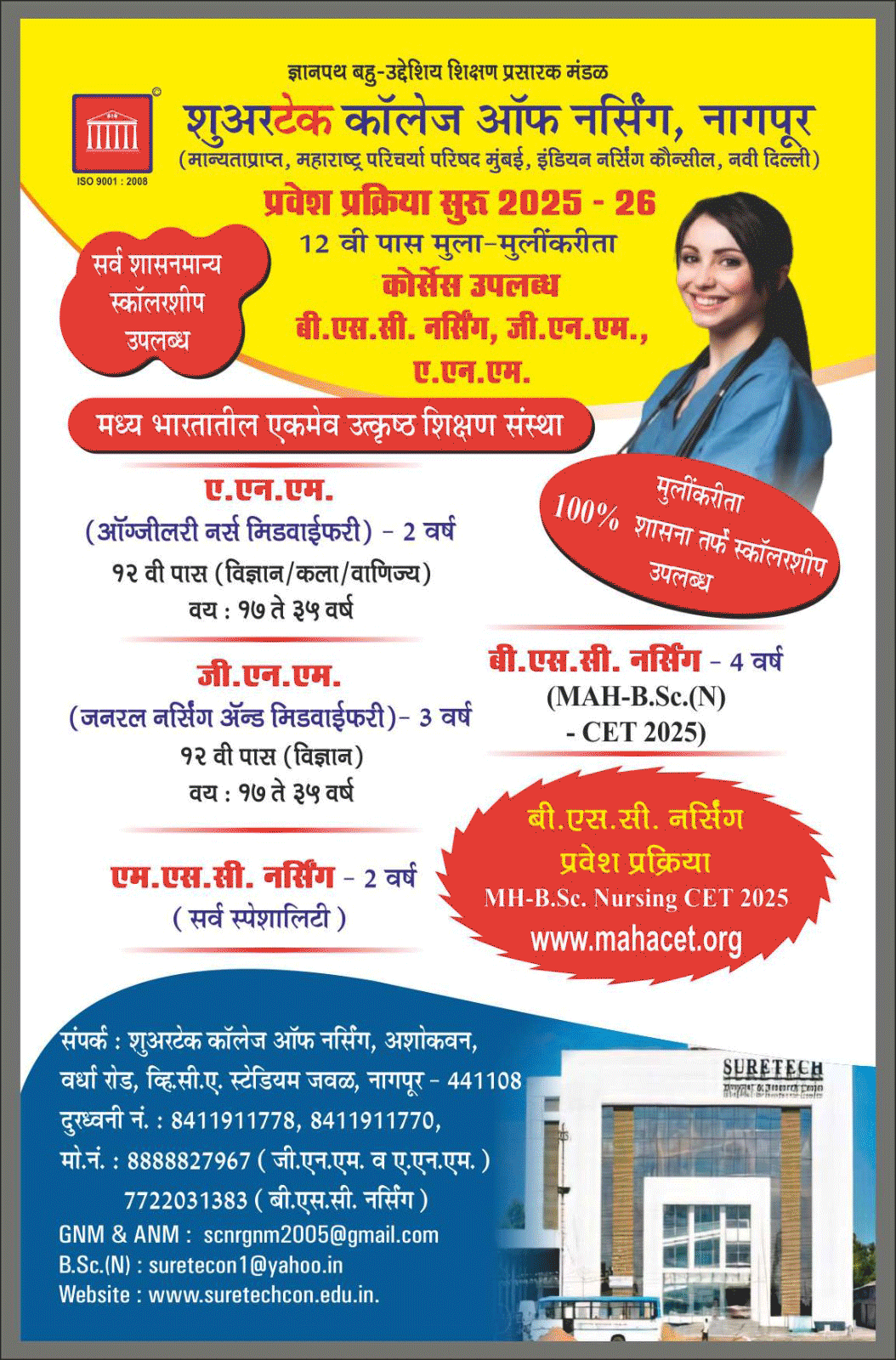
Digital marketing has a new truth. Your rivals aren’t just outranking you, they’re getting endorsed by AI itself. When Google’s AI Overviews, or other generative engines, give a definitive answer and cite a competitor, that’s instant, free authority. That’s the new battleground of Generative Engine Optimisation (GEO).
You can’t copy their website. The real goal is to reverse-engineer competitor citations to figure out why the AI trusts them, then strategically build a better argument and best AI Seo Services being recommended for organic growth in search.
The Ultimate Competitive Strategy, Citation Stealing
Every time a generative engine references a source, it’s handing you a secret weapon. It shows you exactly what kind of content, and which technical signal, it considers the most credible for a specific query. We call this Citation Mining.
Here’s a simple process to turn their success into your blueprint:
- Find the High-Stakes Queries: Don’t waste time on easy keywords. Focus on the hard questions and comparison searches your ideal customer asks just before buying. (For example, “Which CRM has the best mobile app for enterprise sales?”).
- Identify the Cited Rival: Note precisely which competitor link the AI uses.
- Ask the Critical Question: Why? You need to find the specific element on that page that triggered the citation, was it a clear list, an original stat, or something technical?
Three Steps to Overthrow the Cited Leader
Once you have that blueprint, your job is to build a source so undeniably better that the generative engine has no choice but to switch its reference.
- Structure the Argument Better Than They Did
The AI loves easy meals. If the competitor got cited, their content was easy to process. They likely used simple definitions, clean lists, or comparison tables right up front.
- Analyse the Format: Did they use a list of three features, a step-by-step guide, or a short, punchy definition? Figure out their chosen structure.
- Build the Definitive Version: Create your competing content using that same successful, structured format, but make it richer. Include your unique, proprietary data, a new stat, a benchmark, or an original comparison. Place that strong, structured data point prominently. If the AI sees two perfectly structured answers, it usually chooses the one with the most original information.
- Validate Authority with Specifics
Generative engines prioritise E-E-A-T (Expertise, Experience, Authority, Trust). They want the best voice. Your competitor won the citation because they looked like the expert.
- Swap Writers: If the competitor’s author is generic (“Staff Writer”), use your most credible voice, the VP of Product, the CTO, or a well-known industry face, and make sure their bio is linked and detailed. Authority is in the people, not just the brand.
- Show, Don’t Tell: If your competitor claimsto be fast, publish a case study with audited, verifiable data proving you’re faster. The AI values measurable evidence over vague claims.
- Attack Their Topical Weakness
The AI won’t cite a one-off article if the rest of the site is weak. It needs a sense of total subject mastery. Your competitor has a strong page, but they probably have gaps surrounding it.
- Find the Gap: What important, related sub-topic did the competitor’s cited page miss? What question does the customer ask next?
- Be the Hub: Create a comprehensive content asset that answers the original core question better than the competitor, and then cleanly links out to and summarises the missing sub-topic. You’re showing the generative engine that your site is the central, deep resource, not just a single, isolated page.
By treating a competitor’s citation as a target instead of a victory, you reverse-engineer their GEO advantage. You force the generative engine to recognise that a new, better authority exists, and it’s you.
Consider taking help from specialised AI Digital Marketing Agency like Envigo to quickly implement a winning GEO strategy.














